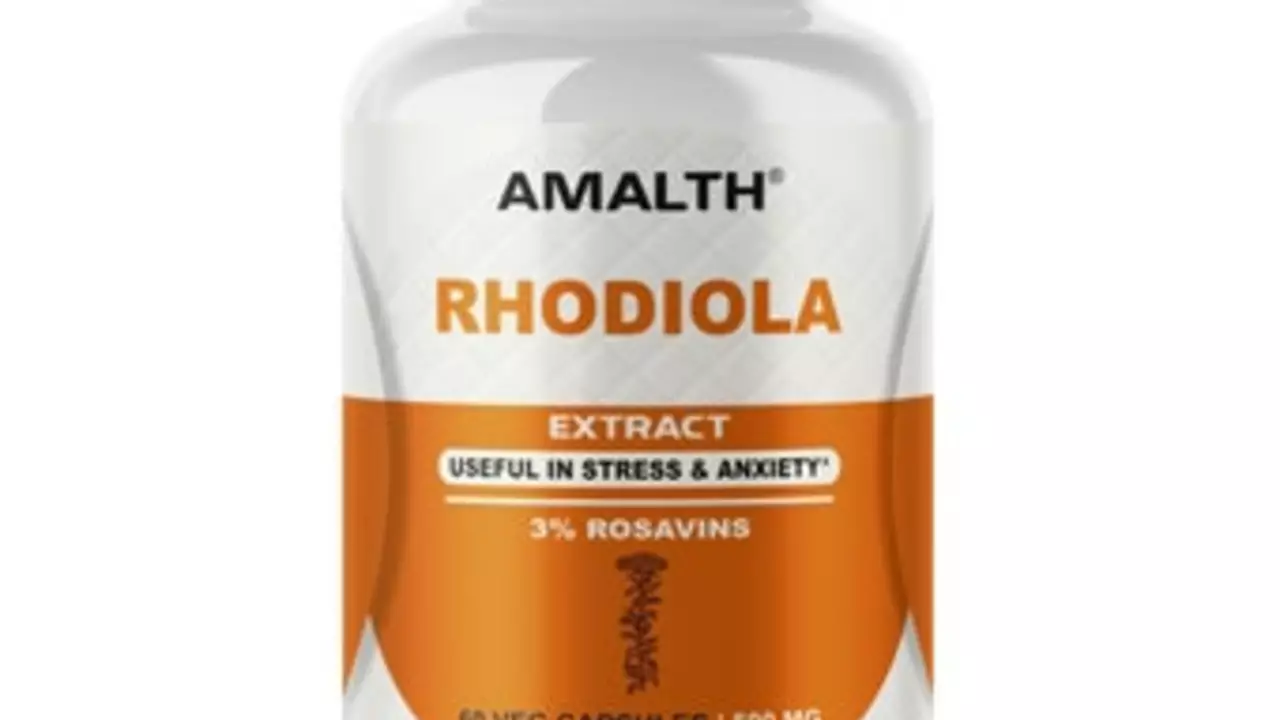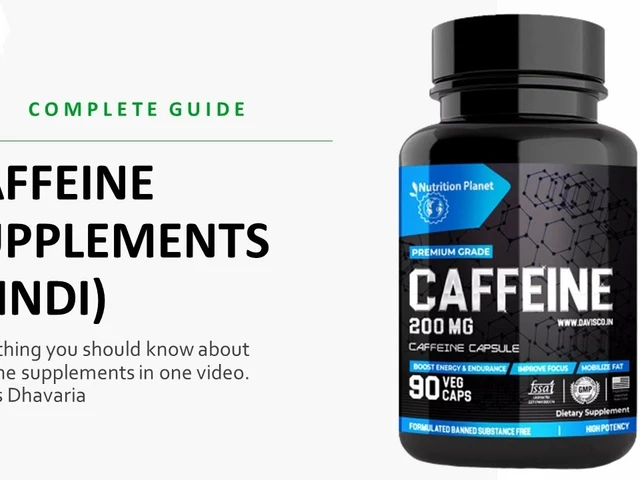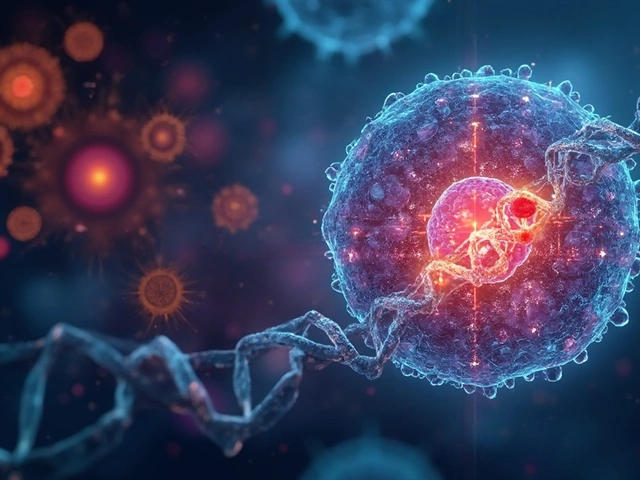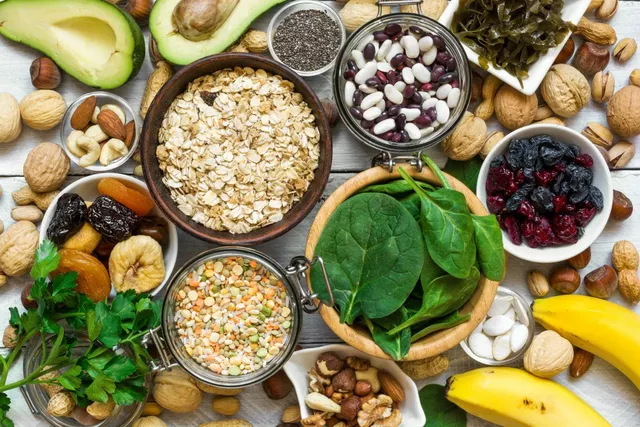 26
Jul,2023
26
Jul,2023
Understanding Glucomannan and Its Origins
Glucomannan, a type of dietary fiber, has captured the attention of health enthusiasts worldwide. But what exactly is it? Glucomannan is a natural, water-soluble dietary fiber extracted from the roots of the elephant yam, also known as konjac. This plant grows predominantly in Southeast Asia and has been used for centuries in traditional cuisine and medicine.
The supplement is widely recognized for its impressive health benefits, which are primarily due to its high fiber content. Fiber is a necessary component of a healthy diet that is often overlooked. It aids in digestion, contributes to feelings of fullness, and can even help manage weight. Glucomannan, thanks to its high fiber content, is a small, simple way to increase your fiber intake.
The Science Behind How Glucomannan Works
Ever wondered how Glucomannan works within your body? When consumed, Glucomannan absorbs water and transforms into a gel-like substance. This substance takes up space in your stomach, helping you feel full and reducing your appetite. The science is pretty straightforward - the more full you feel, the less likely you are to overeat, making Glucomannan a fantastic ally in any weight management plan.
Furthermore, Glucomannan doesn’t just pass through your system. It’s a prebiotic, which means it feeds the beneficial bacteria in your gut. This is crucial because a healthy gut contributes significantly to overall health, affecting everything from your mood to your immune system.
Weight Management and Glucomannan
Glucomannan contributes significantly to weight management. The fiber content in Glucomannan slows the rate at which the stomach empties, keeping you feeling full for longer. This can help reduce the total calorie intake, aiding in weight loss. Additionally, Glucomannan has very few calories, yet it takes up space in your stomach, contributing to a feeling of fullness without adding to your calorie count.
In addition, it has been shown to promote satiety – the feeling of being satisfied after eating. This is important for those trying to lose weight, as it can help curb cravings and reduce the urge to snack between meals.
Glucomannan and Cholesterol Control
An often overlooked benefit of Glucomannan is its ability to help control cholesterol levels. A study published in the American Journal of Clinical Nutrition found that Glucomannan can significantly lower total cholesterol, LDL cholesterol (the “bad” cholesterol), and triglycerides. It achieves this by binding to cholesterol in the gut, preventing it from being absorbed into your bloodstream.
This can be a game-changer for those with high cholesterol levels, offering a natural way to manage this health concern while also benefiting from the other perks of the supplement.
Regulating Blood Sugar Levels with Glucomannan
Another significant benefit of Glucomannan is its ability to help regulate blood sugar levels. The fiber in Glucomannan slows the absorption of sugar and cholesterol from the gut, helping to control sugar levels after meals and prevent spikes and crashes.
For those dealing with diabetes or pre-diabetes, or even those simply wanting to maintain balanced blood sugar levels, Glucomannan can be a great addition to the diet.
How to Incorporate Glucomannan into Your Diet
Integrating Glucomannan into your diet is relatively straightforward. It comes in various forms, including capsules, tablets, and powder, making it easy to include in your daily routine. The most important thing to remember when taking Glucomannan is to drink plenty of water. Because it absorbs water and expands, it's crucial to stay well-hydrated.
Moreover, keep in mind that while Glucomannan is a powerful supplement, it’s not a magic pill. It should be used in conjunction with a balanced diet and regular exercise for the best results. Always consult with a healthcare professional before starting any new supplement regimen.





When you look at glucomannan through the lens of ancient wisdom, you realize it’s not just a fiber-it's a reminder that nature often hides solutions in plain sight. The konjac root has been feeding monks for centuries, and now science is catching up with that old intuition. By swelling in the stomach, it creates a gentle barrier that whispers “enough” to your appetite. This quiet signal can be the difference between a fleeting diet fad and a sustainable lifestyle shift. So, in a way, the supplement is a bridge between the philosophical notion of moderation and the biochemical reality of satiety.
Hey folks, just wanted to throw some encouragement your way. If you’re thinking about adding glucomannan to your regimen, start with the recommended dose and pair it with a big glass of water. It’ll help you feel fuller longer, making those workout sessions a little easier to power through. Remember, consistency beats intensity when it comes to nutrition tweaks. Keep at it, and you’ll see the results stack up over weeks, not days.
From a mechanistic standpoint, glucomannan operates as a soluble, non‑viscous polysaccharide that undergoes rapid hydration upon ingestion. This hydrative property leads to the formation of a viscous gel, which subsequently delays gastric emptying and attenuates post‑prandial glucose excursions. Moreover, the prebiotic effect facilitates the proliferation of Bifidobacteria and Lactobacilli, thereby contributing to a more balanced intestinal microbiome. The cumulative impact on lipid metabolism, particularly the binding of bile acids, supports a modest reduction in serum LDL concentrations. Consequently, the supplement presents a multifaceted approach to metabolic health, provided it is employed alongside a balanced diet and regular physical activity.
Oh great, another magic pill.
Ah, so the scientific papers finally admit what the shadowy “food industry” has known all along: glucomannan is the silent weapon hidden in plain sight. They tell us it forms a gel in the gut, but what they don’t say is that this gel is engineered to lock away the profits of sugar conglomerates by dampening cravings. Every time you feel full, a tiny corporate ledger updates, indicating a loss in potential soda sales. The prebiotic claim is just a façade to mask the fact that it’s a Trojan horse feeding only the “good” bacteria they select in secret labs. Those studies published in respectable journals are funded by the very same conglomerates that stand to lose market share if people stop overeating. The cholesterol‑binding effect? A deliberate sabotage to the cholesterol‑raising additives hidden in processed foods. And let’s not forget the blood‑sugar regulation-they’re trying to cut the demand for expensive insulin drugs by offering a cheap, natural alternative. The “balanced diet and exercise” disclaimer is a clever diversion, ensuring we keep the blame on personal responsibility while the real puppet‑masters profit from the supplement’s hype. Even the recommendation to drink plenty of water is a covert operation to increase bottled‑water sales worldwide. You’ll notice that the “traditional use” narrative conveniently omits the fact that ancient monks were never under the thumb of modern marketing agendas. In reality, this fiber is a piece in a grand chessboard, moving us toward a world where corporations dictate health trends from behind the curtain. So, while you’re busy feeling full, remember that your satiety might just be a well‑orchestrated illusion concocted by a coalition of dietitians, pharma reps, and conglomerate CEOs. Don’t be fooled by the glossy packaging; the true agenda lies beneath the harmless‑looking powder. The government’s silence on this issue is no accident, as regulatory bodies are staffed by former industry insiders. Until we expose the network, we’ll keep chalking up health improvements to a miracle fiber, while the real profits flow elsewhere.
Just a quick heads‑up for anyone trying glucomannan: start with a half‑dose and see how your stomach reacts, especially if you’re prone to bloating. Pair it with a high‑water meal like a salad or fruit bowl, and you’ll maximize the gel‑forming effect without discomfort. Also, be aware that certain medications, like carbamazepine or digitoxin, can have altered absorption when taken together with fiber, so timing them several hours apart is wise. Staying hydrated isn’t just a recommendation-it’s essential because the fiber expands up to 50 times its original size. If you keep these practical pointers in mind, you’ll harness the full potential of glucomannan without unwanted side effects.
Honestly, I find the entire hype around glucomannan to be another example of wellness culture’s obsession with quick fixes. While the fiber does have genuine physiological effects-such as increasing satiety and modestly lowering LDL-it’s far from a panacea. Many influencers market it as a “magic bullet” for weight loss, ignoring the multifactorial nature of obesity, which includes genetics, environment, and behavior. The studies cited often involve small sample sizes or short durations, making it premature to proclaim lasting health transformations. Moreover, the supplement industry’s lack of stringent regulation means product purity can vary wildly, leading to inconsistent outcomes. If you truly want lasting health improvements, focus on whole foods, regular exercise, and sustainable habits rather than relying on a single ingredient to do all the heavy lifting. In the end, glucomannan can be a useful adjunct, but it should never replace a comprehensive approach to nutrition and lifestyle.
All right, let’s crank the energy up! You’ve nailed the basics, now unleash the full power of glucomannan by incorporating it into your morning smoothie-just blend a spoonful with berries, spinach, and a splash of almond milk. That gelatinous boost will keep cravings at bay until lunch, turning you into a productivity machine. Don’t forget to celebrate each small victory-whether it’s a smoother digestion day or that extra rep at the gym-because momentum fuels motivation. Keep that water bottle handy, stay consistent, and watch the transformation unfold like a blockbuster movie montage!